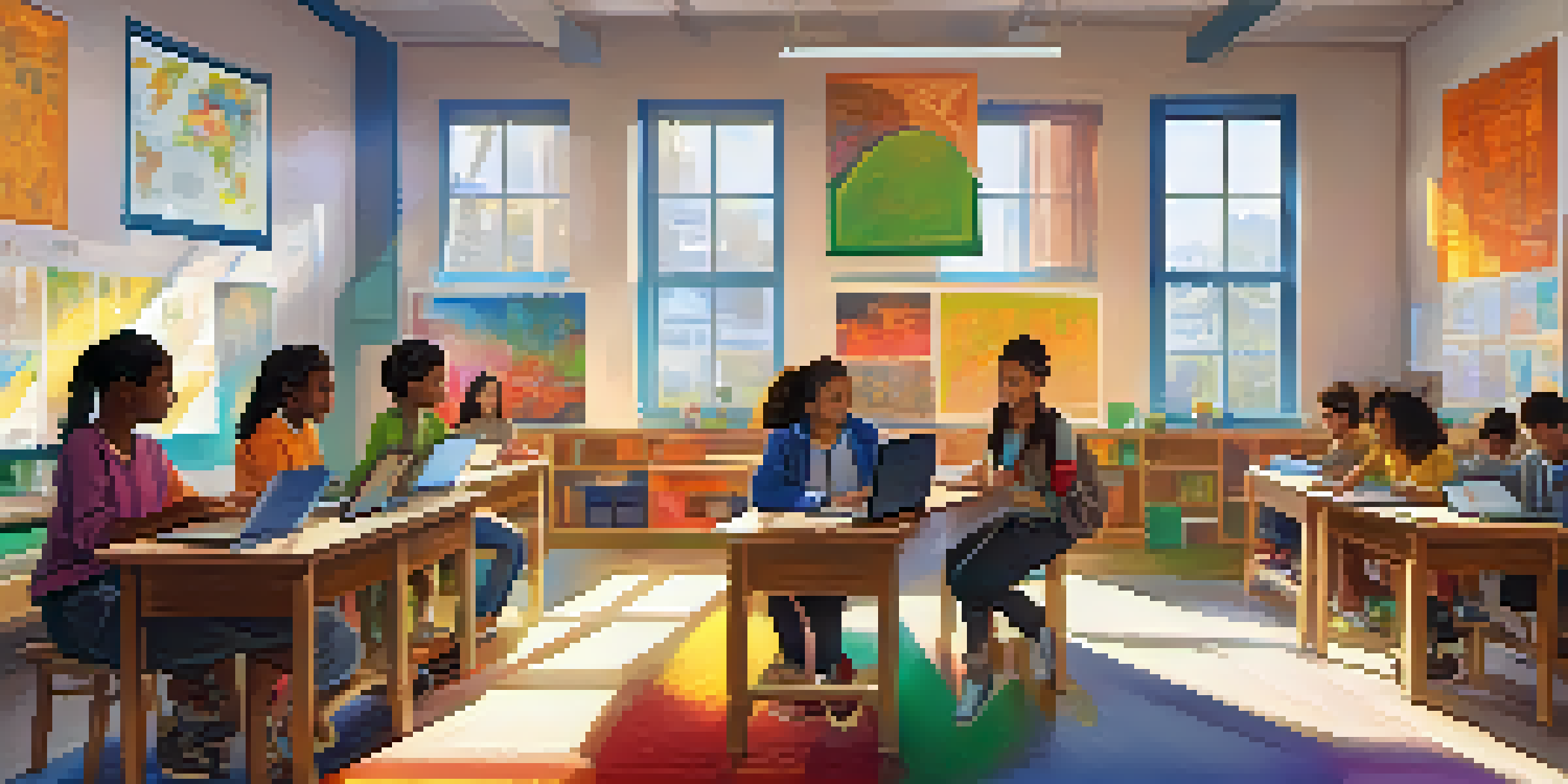Utilizing Technology to Foster Cultural Inclusivity in Schools

Understanding Cultural Inclusivity in Education
Cultural inclusivity in schools means recognizing and valuing diverse backgrounds and perspectives. It's more than just celebrating different cultures; it involves creating an environment where every student feels represented and empowered. By fostering this inclusivity, schools can help students develop empathy and social awareness, essential skills for navigating our multicultural world.
The Role of Technology in Education Today
Technology has become an integral part of the educational landscape, from smartboards to online resources. It offers students access to a wealth of information and diverse perspectives at their fingertips. When used effectively, technology can bridge gaps in understanding and promote collaboration among students from various cultural backgrounds.
Cultural Inclusivity in Schools
Creating an inclusive environment helps students feel represented and develop essential empathy and social awareness.
Digital Platforms for Cultural Exchange
Platforms like Google Classroom and Zoom can facilitate cultural exchange among students worldwide. For example, a classroom in the U.S. can connect with one in Brazil to share traditions and customs through virtual pen pals. Such interactions create opportunities for students to learn directly from one another, fostering a deeper appreciation for different cultures.
Utilizing Multilingual Resources
In a diverse classroom, students may speak different languages, which can be a barrier to communication. However, technology offers multilingual resources, such as translation apps and websites. By incorporating these tools, educators can ensure that all students have access to the same information, regardless of their primary language, promoting inclusivity.
Technology Enhances Collaboration
Digital tools facilitate cultural exchange and teamwork, allowing students from diverse backgrounds to learn from each other.
Embracing Diverse Learning Tools
There's a wide range of educational technology that caters to various learning styles and cultural contexts. For instance, using videos or interactive games that reflect diverse cultures can engage students more effectively. By embracing these diverse learning tools, educators can create a richer, more inclusive educational experience.
Encouraging Collaborative Projects
Collaboration tools, like Google Docs or Padlet, allow students to work together on projects, regardless of their location. This encourages teamwork among students from different cultural backgrounds, promoting understanding and respect for one another's perspectives. Such collaborative efforts can lead to more meaningful learning experiences and friendships.
Training for Cultural Competence
Educators need training in cultural competence to effectively use technology in fostering an inclusive educational environment.
Training Educators for Cultural Competence
For technology to effectively foster cultural inclusivity, educators must be trained in cultural competence. Professional development programs can equip teachers with the skills to navigate cultural differences and use technology to engage all students. This investment not only benefits educators but creates a more inclusive environment for students.
Measuring the Impact of Technology on Inclusivity
To understand how technology is fostering cultural inclusivity, schools should establish metrics to measure its impact. Surveys and feedback sessions can provide insights into students' experiences and perceptions. By continuously evaluating and refining their approaches, schools can ensure that technology is truly serving its purpose in promoting inclusivity.